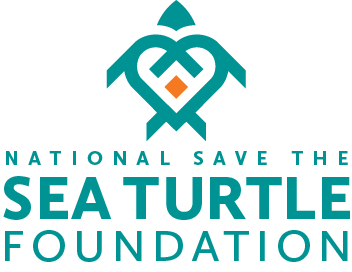Florida Hawksbill Project Partners with Inwater Research Group, Inc. to Study Sea Turtles in Biscayne National Park
Cody Mott, Inwater Research Group, Inc.
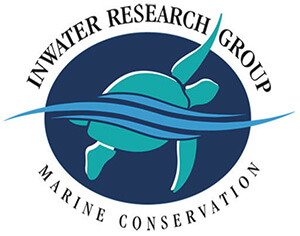
Florida’s nearshore waters are home to thousands of marine species that, collectively, play an important role in the health and well-being of Florida’s ecological and economic future. Among the diverse assemblages of marine organisms that thrive there, several species of marine turtles also reside among the shallow waters of Florida’s bays and estuaries.
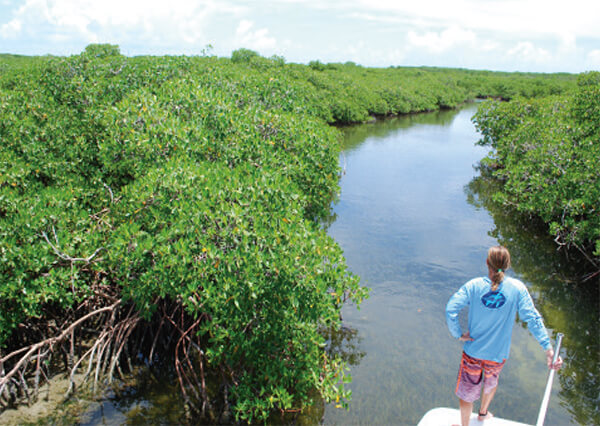
The first trip to BNP in July was a success. Thanks to the National Park Service, our team members were housed at Elliot Key, giving us immediate access to the Bay each morning. Each day the team surveyed among the barrier mangrove islands, the nearshore reefs, and within the Bay itself. These baselines surveys will be used to locate sea turtle “hot spots” and selected for more detailed investigation on future trips. Though more turtles were observed in some areas than others, enough data were collected to begin estimating the relative abundance of sea turtle species and age groups in the park. Depending on our location, green turtles were most likely to be encountered followed by loggerheads. No hawksbills were positively identified, but that’s understandable given the habitat types were surveyed.
The group plans to return to BNP in the summer of 2017 to continue the research. Next year the team will continue to survey within Biscayne Bay to search for more sea turtle “hot spots.” The surveys will also be expanded to include deeper offshore barrier reefs, preferred habitat for hawksbill turtles. These surveys will give BNP the necessary scientific information to better protect the threatened and endangered sea turtles living within the park.
Encompassing Biscayne Bay and its offshore barrier reefs, Biscayne National Park (BNP) is located just south of Miami, Florida, USA. It is unusual because 95% of the park’s 175,000 acres are under water and most of the land within the Park is only accessible by boat. These waters provide refuge to 16 endangered or threatened marine species including potentially significant numbers of green, loggerhead, and hawksbill sea turtles. Despite its proximity to the busy Miami metropolitan area and its known suitability as sea turtle foraging habitat, there has been surprisingly little effort to study the sea turtle populations found in the park. Managers depend on solid scientific research to make important decisions regarding the waters, habitats, and organisms living within the park. The Florida Hawksbill Project at The National Save The Sea Turtle Foundation are partnering with the Inwater Research Group, Inc. to undertake the first detailed study of threatened and endangered sea turtles within BNP waters. The resulting data will provide a long-awaited baseline of sea turtle abundance and distribution in this important and biologically productive part of Florida’s coastline. This data will then be reported to the BNP and benefit the management strategies for sea turtles within the park’s boundaries.
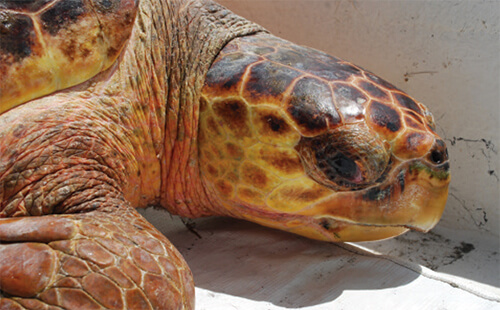
This Loggerhead Turtle (Caretta caretta) was one of many sea turtles the
team encountered in Miami’s Biscayne National Park. A few were
selected for capture and taggiug.
team encountered in Miami’s Biscayne National Park. A few were
selected for capture and taggiug.
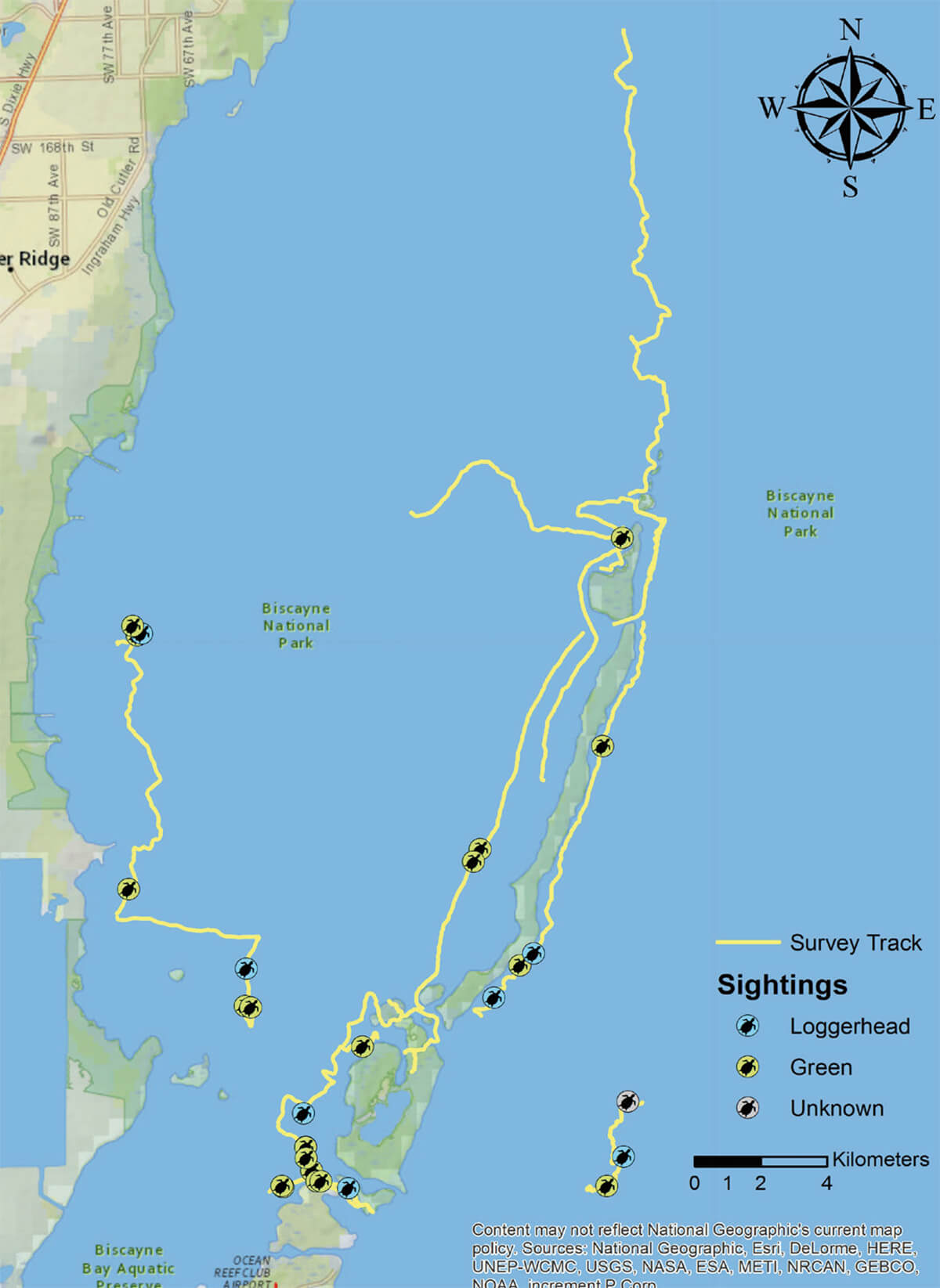
The various routes the Team explored in search of the sea turtles of Biscayne National Park (yellow lines), and where they were spotted along the way (turtles). These preliminary data inform the Team of the relative abundance and distribution of the turtles in the Bay, and help target future efforts.
Helping Sea Turtles Survive for 38 Years
A NON-PROFIT ORGANIZATION
State of Florida Registration Number CH-2841 | Internal Revenue Code 501 (c) (3)
Web Design & Development by Web Expressions, LLC
